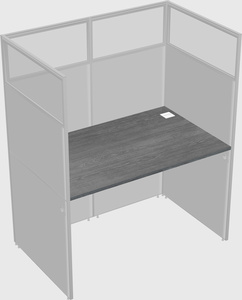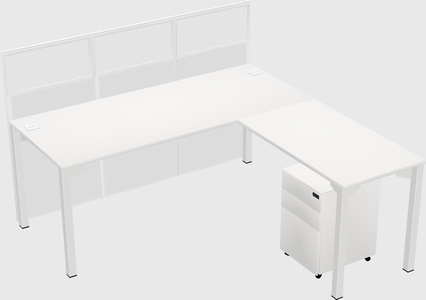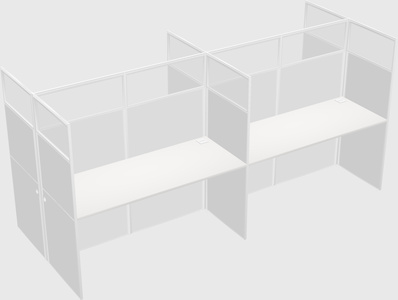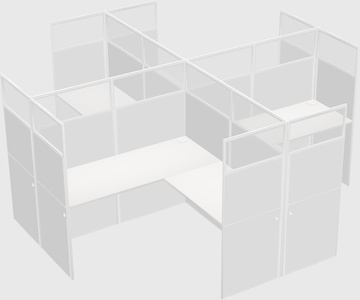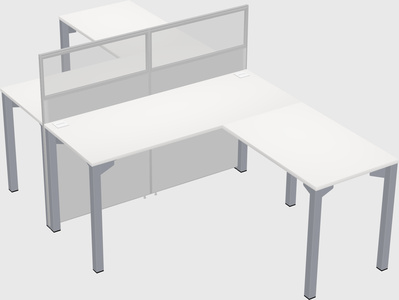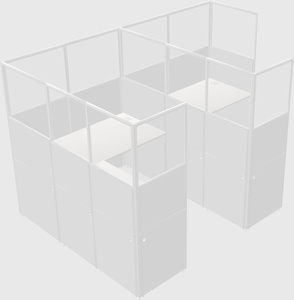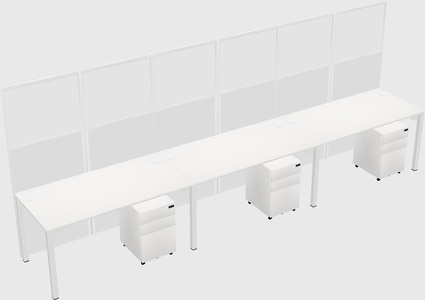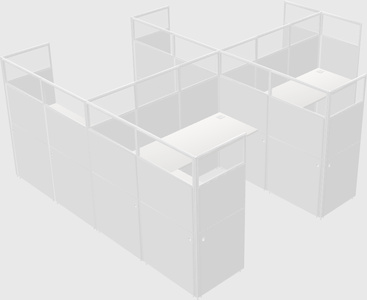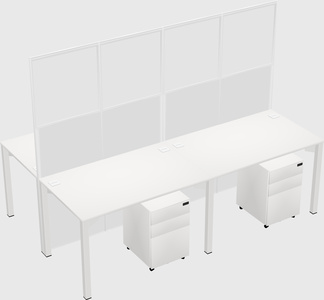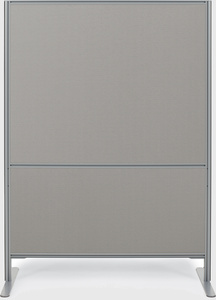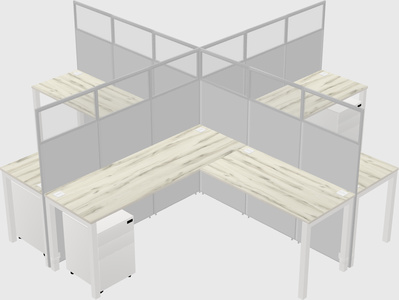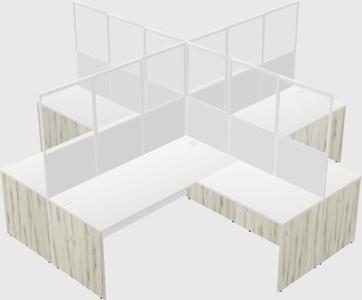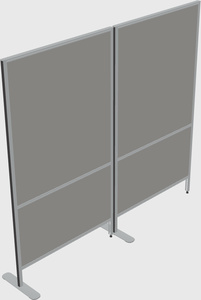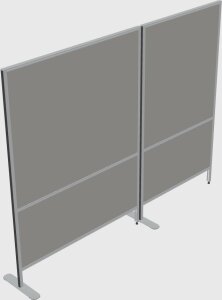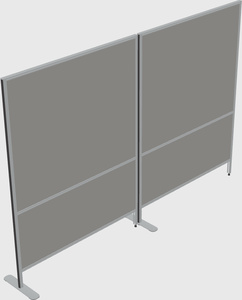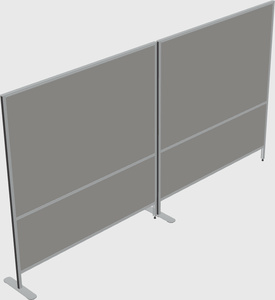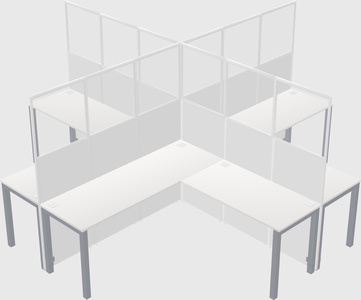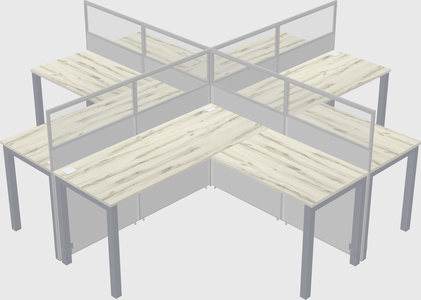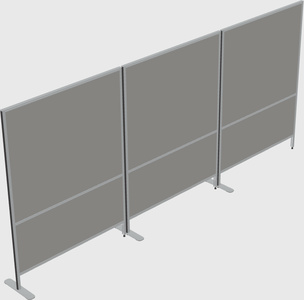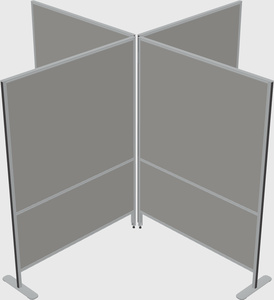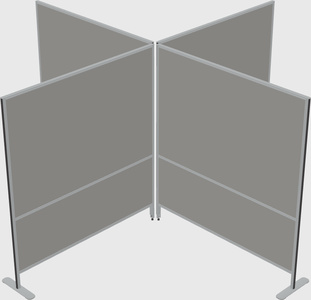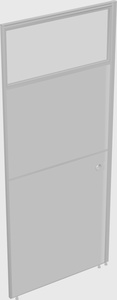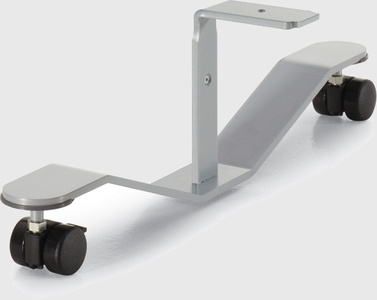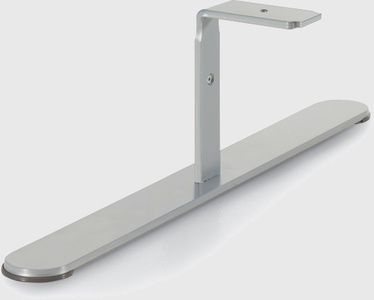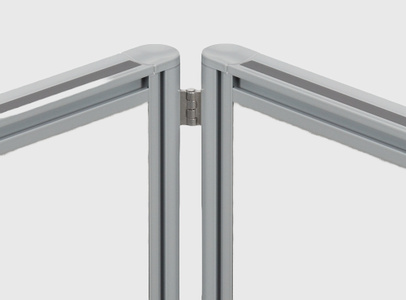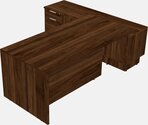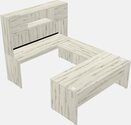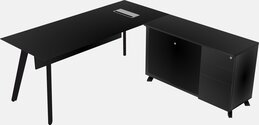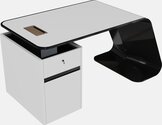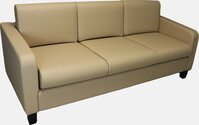Office furniture cubicles
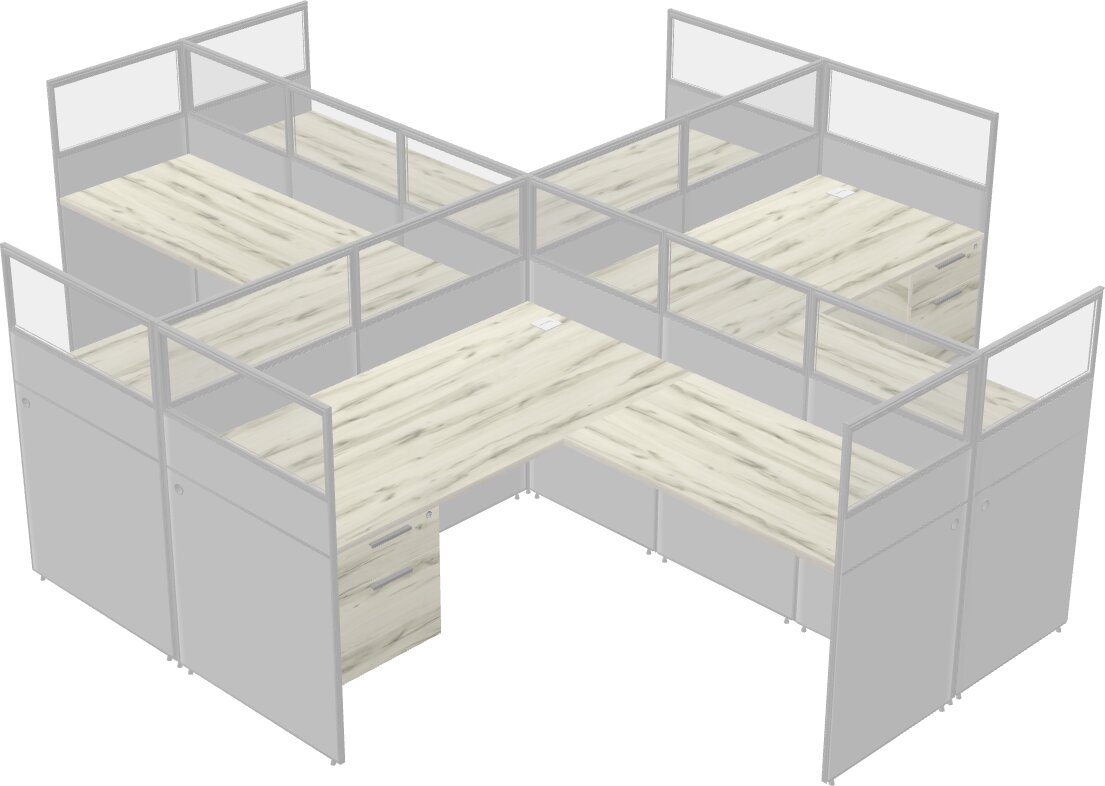 Transform your office space into a productive and stylish environment with our top-of-the-line cubicles. from sleek and modern designs to customizable options, our office furniture collection has everything you need to elevate your workspace. say goodbye to boring and hello to a dynamic and efficient office with our cubicles. read on to discover the endless possibilities for your office transformation!
Transform your office space into a productive and stylish environment with our top-of-the-line cubicles. from sleek and modern designs to customizable options, our office furniture collection has everything you need to elevate your workspace. say goodbye to boring and hello to a dynamic and efficient office with our cubicles. read on to discover the endless possibilities for your office transformation!
The Pioneering Evolution of Office Furniture Cubicles
When it comes to office furniture, cubicles have been a staple for decades. These small, partitioned workspaces have become synonymous with the traditional office setting. However, what many people don't realize is that cubicles have a rich history and have evolved significantly over the years. In fact, they have played a pioneering role in shaping the modern workplace as we know it today.
The Birth of Cubicles
The concept of cubicles was first introduced in the 1960s by designer Robert Propst for the furniture company Herman Miller. At the time, open-plan offices were the norm, with rows of desks and no privacy for employees. Propst saw the need for a more efficient and flexible workspace, and thus, the Action Office system was born.
The original cubicles were designed to be movable and customizable, with panels that could be rearranged to create different workspaces. This allowed for more privacy and personalization for employees, as well as the ability to adapt to different office layouts.
The Rise of the Cubicle Farm
By the 1980s, cubicles had become a popular choice for office furniture, and the term "cubicle farm" was coined to describe the rows and rows of identical workspaces. This was due to the cost-effectiveness and space-saving benefits of cubicles, as well as the growing trend of open-plan offices.
However, this also led to a negative perception of cubicles, with many employees feeling trapped and isolated in their small, confined spaces. This sparked a movement towards more open and collaborative work environments in the 1990s.
The Modern Cubicle
Today, cubicles have come a long way from their original design. They have evolved to meet the changing needs and preferences of the modern workforce. Cubicles now come in a variety of sizes, shapes, and configurations, with options for standing desks, ergonomic features, and even soundproofing.
One of the most significant advancements in cubicle design is the incorporation of technology. With the rise of remote work and the need for virtual collaboration, cubicles now come equipped with built-in power outlets, USB ports, and even video conferencing capabilities.
The Future of Cubicles
As the workplace continues to evolve, so will cubicles. With the growing emphasis on employee well-being and productivity, cubicles will likely become more ergonomic and customizable to meet individual needs. They may also incorporate more sustainable materials and features to promote a healthier and greener work environment.
Furthermore, with the rise of remote work and the need for flexible workspaces, cubicles may become more portable and adaptable, allowing employees to set up their workspace wherever they go.
In Conclusion
From their humble beginnings in the 1960s to their current state, office furniture cubicles have played a pioneering role in shaping the modern workplace. They have adapted to meet the changing needs and preferences of employees and will continue to do so in the future. So, the next time you step into your cubicle, remember its rich history and the pioneering evolution it has undergone to become the essential piece of office furniture it is today.

